“Don’t wait for solid-state batteries—just hold out for nuclear batteries! You’ll never need to charge your car again!”
Hello! If you’re interested in electric vehicles and future energy technologies, you’ve probably heard people say something along these lines. But is this realistic? Let’s break down the facts in simple terms.
1. How Far Has Nuclear Battery Technology Progressed?
1.1 Current Developments
Several companies are actively developing nuclear batteries. For example, a Chinese company called Betavolt announced a coin-sized nuclear battery in early 2024. This tiny device can continuously produce 100 microwatts (0.0001 watts) of power.
1.2 Why This Matters (and Why It Doesn’t)
- 100 microwatts is extremely low. Even stacking 10,000 such batteries (ignoring heat and energy loss) would only generate 1 watt—far less than a standard lightbulb (typically 40-100 watts).
- Modern electric vehicles (EVs) require 40,000–50,000 watts during acceleration. Current nuclear batteries can’t meet this demand.
1.3 Future Plans
Betavolt aims to release a 1-watt nuclear battery for smartphones by 2025. If successful, this could theoretically power phones indefinitely. However, scaling this technology for EVs remains a distant goal.
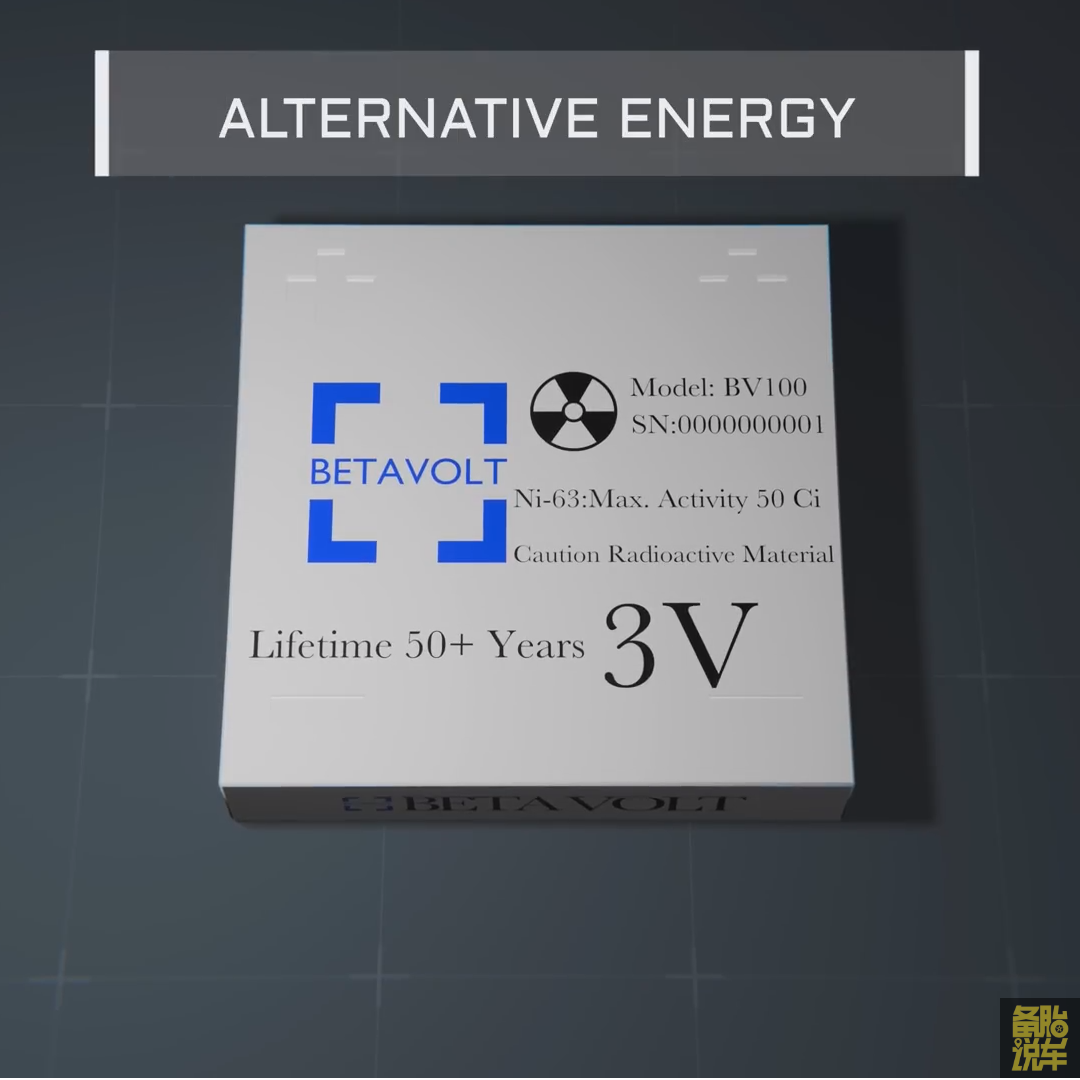
2. Could Nuclear Batteries Work in Electric Vehicles?
2.1 The Hybrid Approach
Even if a 1-watt nuclear battery existed, EVs would still need traditional lithium-ion batteries to store energy. Here’s why:
- Nuclear batteries generate electricity through radioactive decay (a slow, continuous process).
- This means they produce power even when the vehicle is parked. Without a storage battery, excess energy would go to waste.
2.2 Practical Limitations
- Charging Speed: A 1-kW nuclear battery (requiring 1,000 units) would take 60 hours to charge a standard 60-kWh EV battery.
- No Quick Fix: Drivers would still rely on fast-charging stations for long trips.
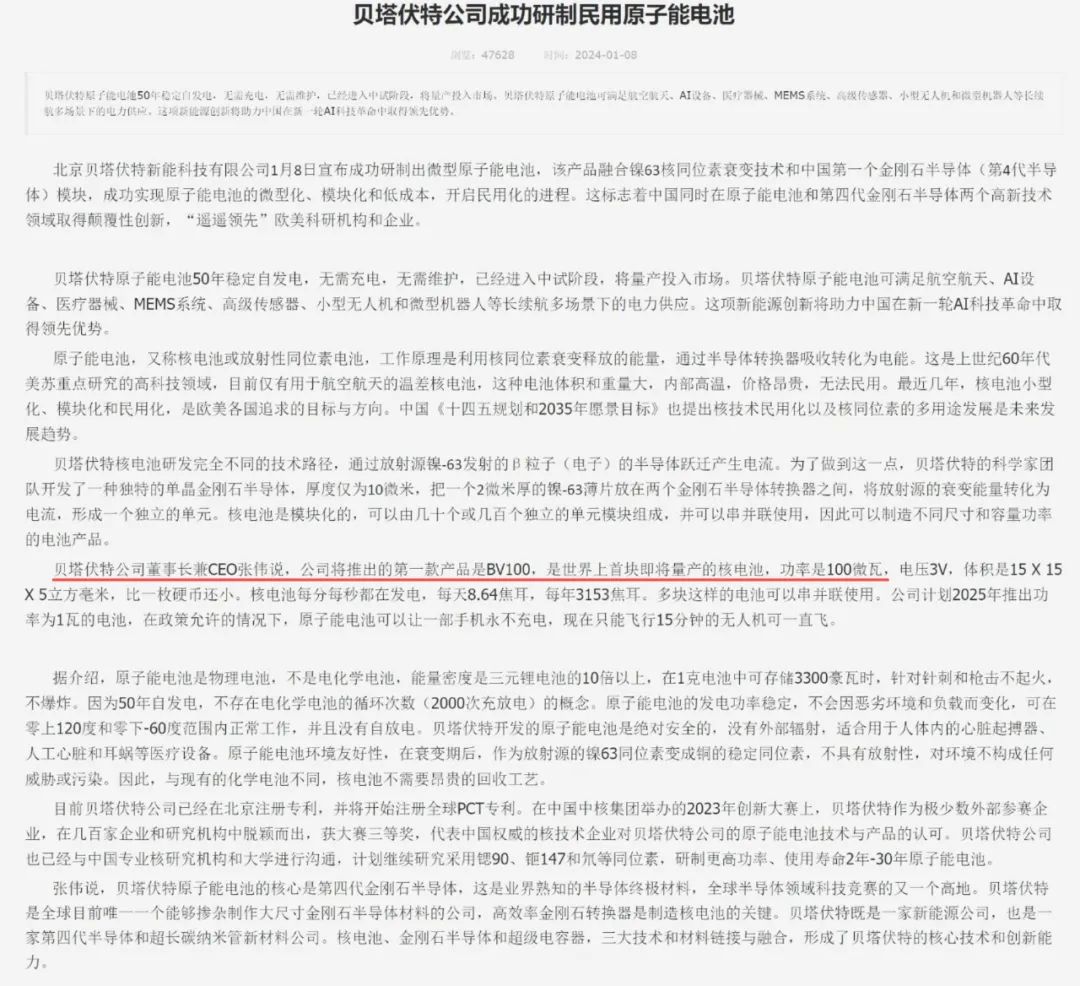
2.3 Better Applications Today
Nuclear batteries are better suited for devices needing stable, low-power supply, such as:
- Medical implants (e.g., pacemakers)
- Remote sensors or space probes
For EVs, current lithium-ion batteries remain the practical choice.
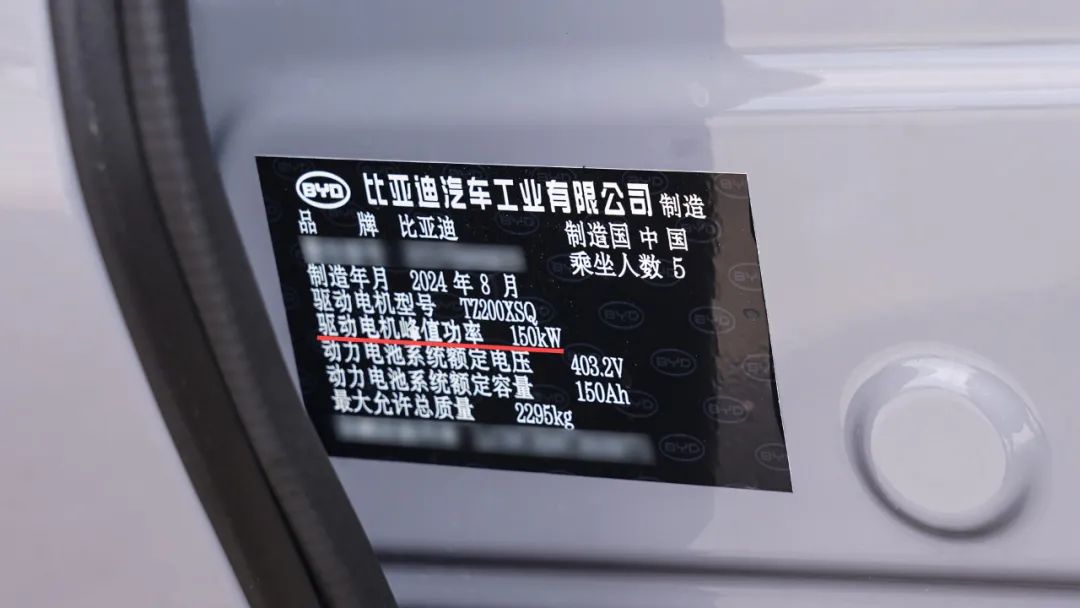
3. Safety Concerns: Could Nuclear Batteries Be Weaponized?
3.1 Materials Matter
- Betavolt’s design uses nickel-63, a non-weaponizable isotope.
- Nuclear weapons require highly enriched uranium-235 (90%+ purity), which is tightly regulated and inaccessible to the public.
3.2 The Science of Nuclear Weapons
- Weapons rely on chain reactions: Neutrons split uranium-235 atoms, releasing massive energy.
- Creating such reactions demands advanced facilities and expertise—far beyond individual capabilities.
3.3 Why Panic Is Unnecessary
- Building a nuclear weapon requires nation-level resources.
- If someone could “handcraft” a bomb, they’d likely be recruited by governments or… aliens.
4. What About Solid-State Batteries?
4.1 The Hype vs. Reality
Solid-state batteries promise:
- Higher energy density
- Faster charging
- Improved safety
However, mass production challenges persist. Major automakers like Toyota and BMW plan to release solid-state EVs by 2030.
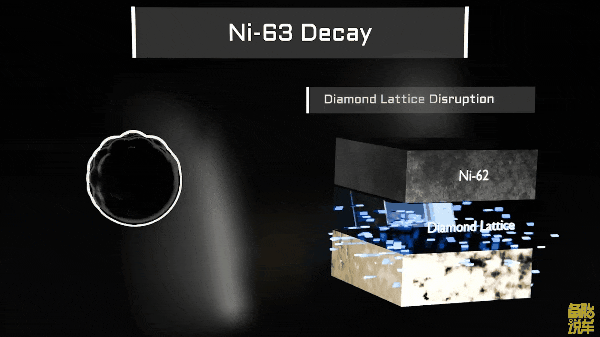
4.2 Should You Wait to Buy an EV?
- Short-term buyers (2–3 years): Current lithium-ion EVs are still improving and widely available.
- Long-term buyers: Keep an eye on solid-state developments, but don’t delay purchases indefinitely.
5. Key Takeaways for Beginners
- Nuclear batteries are experimental and unsuitable for EVs today.
- Solid-state batteries show promise but require years of refinement.
- Safety fears about nuclear tech are exaggerated due to material and regulatory barriers.
- Current EVs remain the most viable option for most drivers.
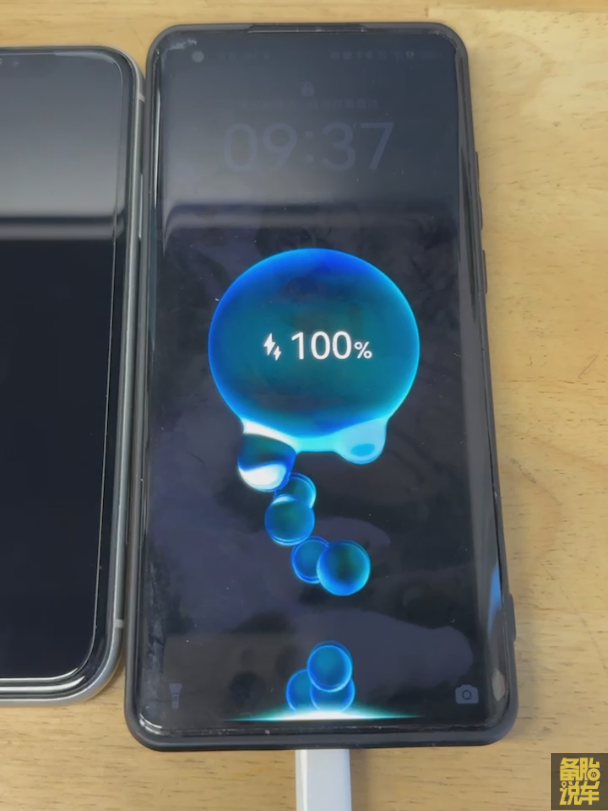
Final Thoughts
While “waiting for better batteries” is tempting, today’s EVs already offer impressive performance and environmental benefits. Stay informed, but don’t let perfect become the enemy of good.
